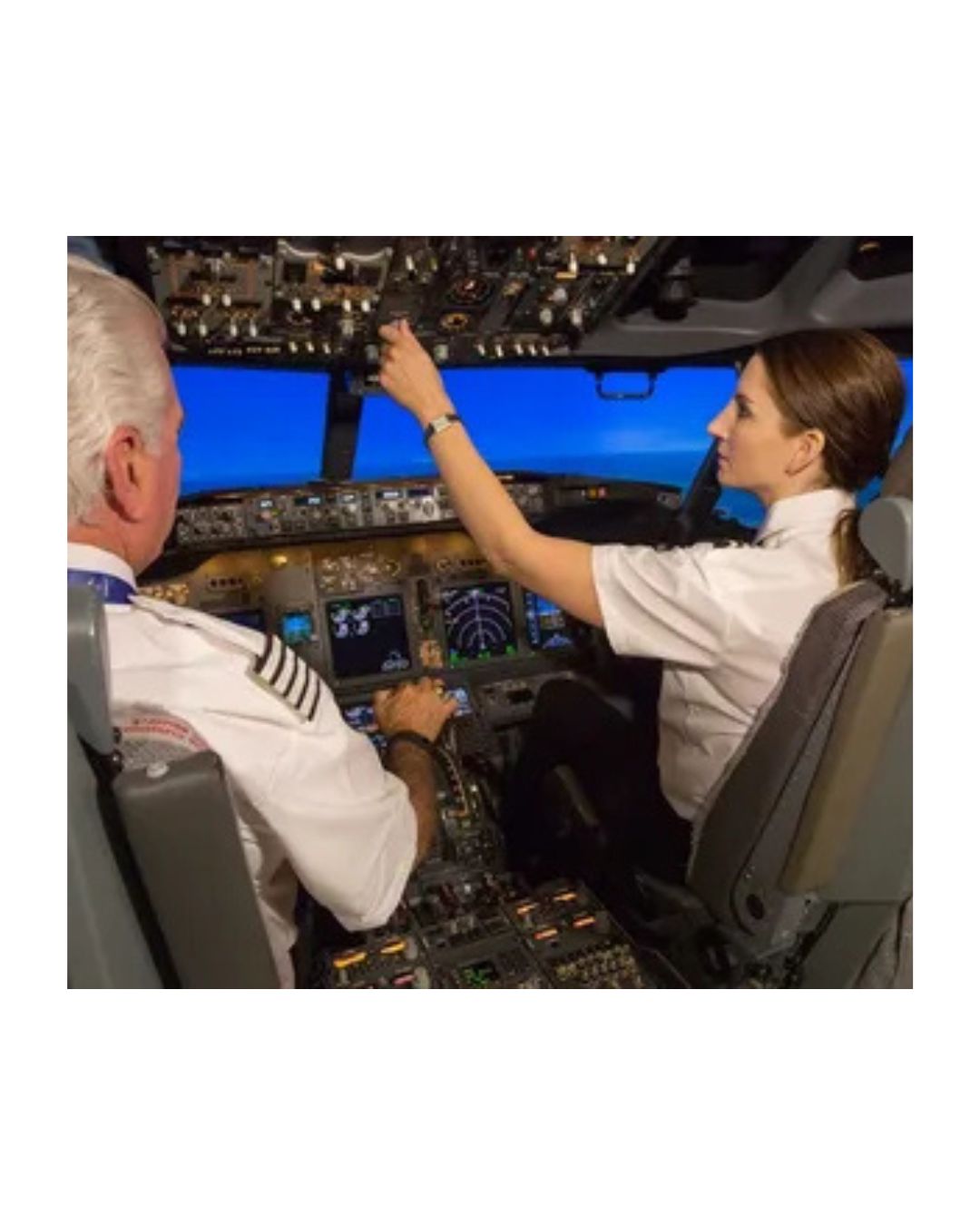
In the world of aviation, insurance underwriters face a unique challenge: how do we balance the need for comprehensive risk management with the realities of a rapidly growing and changing industry? With the global aviation insurance market valued at approximately $6 billion annually, according to the Flight Safety Foundation, the stakes have never been higher for both insurers and operators. As the demand for commercial pilots continues to surge and regulatory requirements tighten, the spotlight is firmly on airplane flight training as a cornerstone of both safety and insurability.
What Makes Airplane Flight Training So Critical for Underwriters?
Let’s be honest-no one wants to underwrite a risk they can’t fully assess. That’s why underwriters have long insisted that pilots complete formal, insurance-approved training programs, and maintain a rigorous schedule of recurrent training. The reality is, the quality and frequency of flights training directly impacts the risk profile of any aviation operation. According to Risk Strategies’ 2024 market report, underwriters are increasingly looking for operators who go above and beyond the minimum requirements, investing in advanced training like upset prevention and recovery, and model-specific proficiency programs. Why? Because better-trained pilots mean fewer claims, fewer losses, and-let’s face it-a lot less stress for everyone involved.
Are We Meeting the Demand for Skilled Pilots and Quality Training?
Here’s where things get interesting. The global pilot training market is booming, projected to grow from $9.37 billion in 2024 to $24.86 billion by 2032, at a CAGR of 12.7%, as per Fortune Business Insights. Yet, there’s a catch: the industry is struggling with a shortage of training sites, instructors, and classroom capacity-especially in general aviation. The only way to secure a slot for renewal training is often to book a year in advance. For underwriters, this means the risk landscape is shifting. If operators can’t get their pilots into recurrent training on time, the risk of skill fade-and by extension, claims-rises. As a result, many underwriters are working closely with clients to find creative solutions, such as granting training extensions or encouraging partnerships with larger training centers.
How Do Aircraft Training Programs Influence Underwriting Decisions?
It’s not just about ticking boxes. Underwriting in aviation is a nuanced process, factoring in everything from pilot experience and loss history to the type and complexity of aircraft being operated. Programs related to aircraft training play a pivotal role here. Underwriters want to see that pilots aren’t just meeting the bare minimum, but are actively engaged in ongoing education tailored to their specific aircraft and mission profile. This includes not only flight hours, but also ground training, simulator sessions, and emergency procedures.
How Do Aircraft Training Programs Like In Flight Review’s Meet Insurance Needs?
Let’s take a closer look at how specialized aircraft training programs, such as those offered by In Flight Review, align with the needs of insurance underwriters. At In Flight Review, we’ve designed our programs to satisfy the strictest insurance company requirements, offering both initial and recurrent training for a wide range of aircraft-from turbojets and turboprops to high-performance piston models. Our approach is simple: we bring the training to your location, working with your pilots in your aircraft, so every lesson is directly relevant to your operation.
Our curriculum covers everything from systems and emergency procedures to oral and written exams, ensuring your pilots are fully prepared and compliant with insurance mandates.
In conclusion,
The intersection of airplane flight training and insurance underwriting is more important than ever. By fostering a culture of continuous learning and investing in robust aircraft training programs, operators can not only meet regulatory and insurance requirements but also build safer, more resilient operations. For underwriters, this means more accurate risk assessments, fewer claims, and a healthier bottom line. So, the next time you’re evaluating a submission, ask yourself: is this operator truly committed to training excellence? If the answer is yes, everyone wins-especially the skies.































